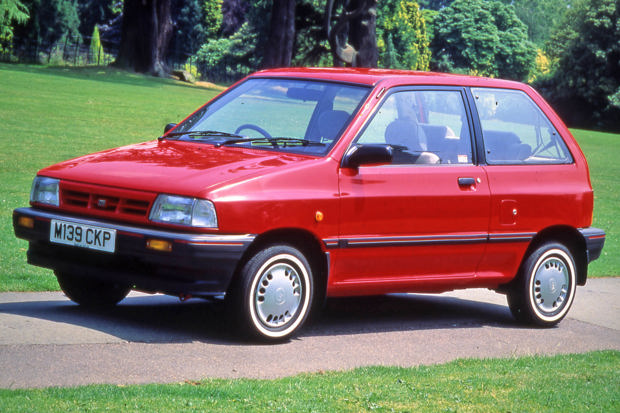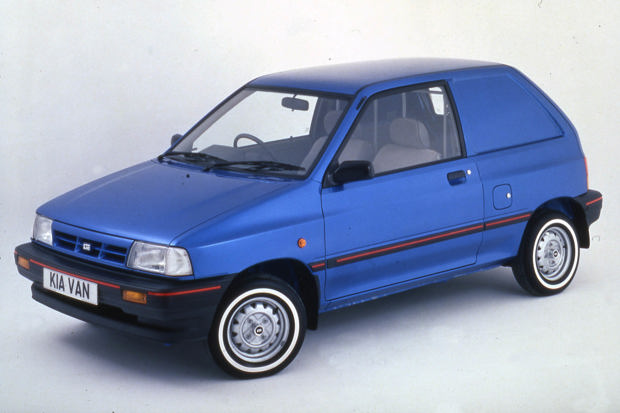Future Classic Friday: Kia Pride

Might oaks from little acorns grow. And they don't come much littler than this. The mighty Korean manufacturer Kia we know today started right here with the Kia Pride.
Heavily based on the Mazda 121 (or the Ford Festiva outside of Europe), which hardly registered with UK buyers either, the Kia Pride was about as humble as small cars got, redefining the phrase 'non-threatening'.
As you'd expect from a manufacturer entering a new market it was sold at a cut price and like many new brands it got over one of the biggest hurdles by using someone else's hardware.
But that wasn't necessarily a disadvantage when you consider the other bargain basement new cars available at the time included the likes of Lada and Yugo that were still using 20-year-old Fiat technology.
The Kia Pride was humble, decently nailed together and sturdy. A 1980s-era Japanese interior is hardly the worst place to be sat and although keeping costs down underlined the whole approach, that got buyers interested.
Starting from scratch with little brand visibility and a handful of dealers, Kia sold 2000 Prides in its first year. Last year the brand sold more than 100,000 cars in the UK.

To drive, the Kia Pride wasn't as bad as you might think. For starters it weighed less than 800kg - so about the same as an S1 Lotus Elise - so although it only had 88PS, it was enough.
It steered sweetly, and although the ride quality wasn't fantastic, it bumbled along quite happily. The skinny tyres (whitewalled if you were really fancy) didn't offer much grip, but that was part of the fun.
Its simplicity also meant there wasn't much to go wrong, with rust the main issue that has claimed most of the cars that were sold in the UK.
A 1.1-litre Pride hatchback might not have been anything special (unless you were daring enough to go for the optional Nail Varnish Pink Metallic) but it was decent, reliable, comfortable and inexpensive. .
It was old-tech when new and archaic by the time it was pensioned off in 2000, but the Kia Pride was actually a decent little car.
It was offered as both a three and five-door hatch as well as a lesser-spotted panel van, though UK buyers never got to sample the delights of the Kia-developed Kia Pride Sedan or surprisingly pretty estate.
There are very few surviving examples but the odd one does pop up for sale and they tend to be cheap. A perfect contender for a future Festival of the Unexceptional. Find a classic car for sale.

Do modern cars have automatic chokes?


